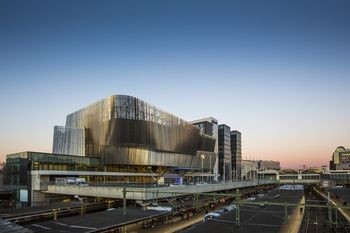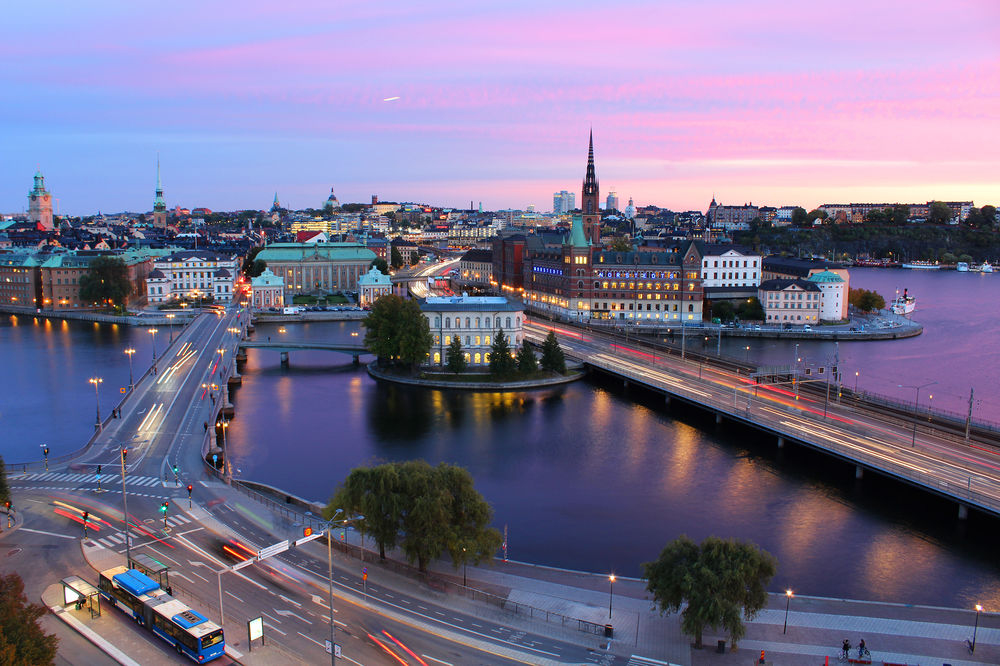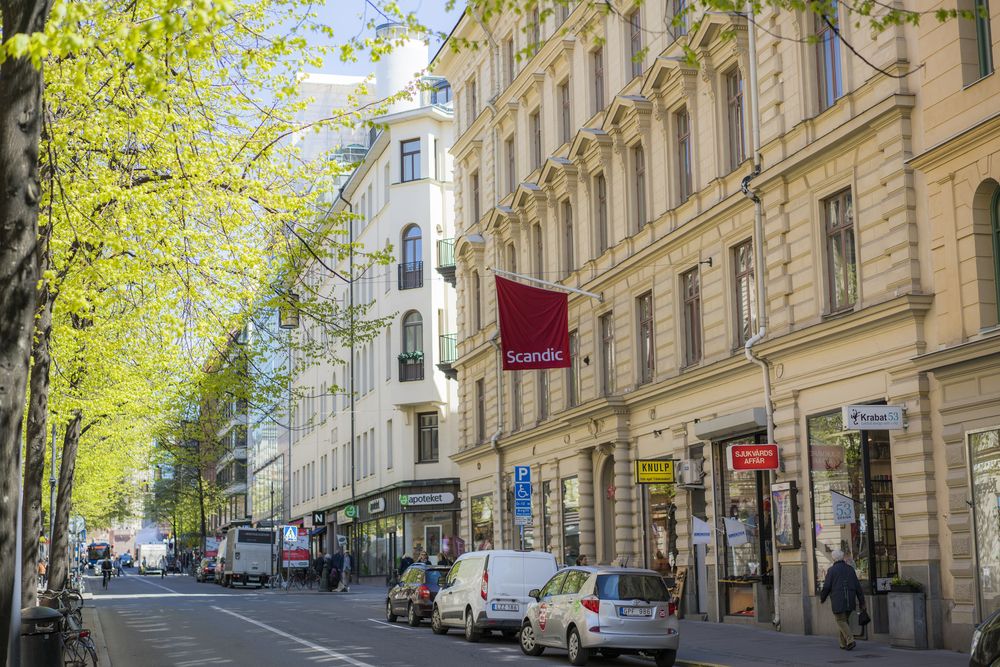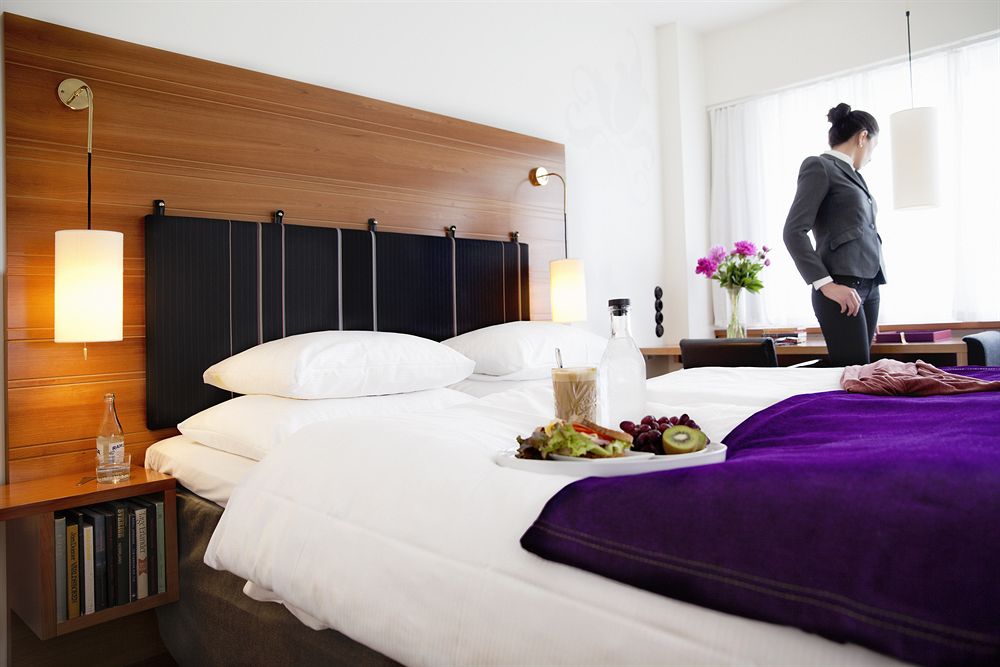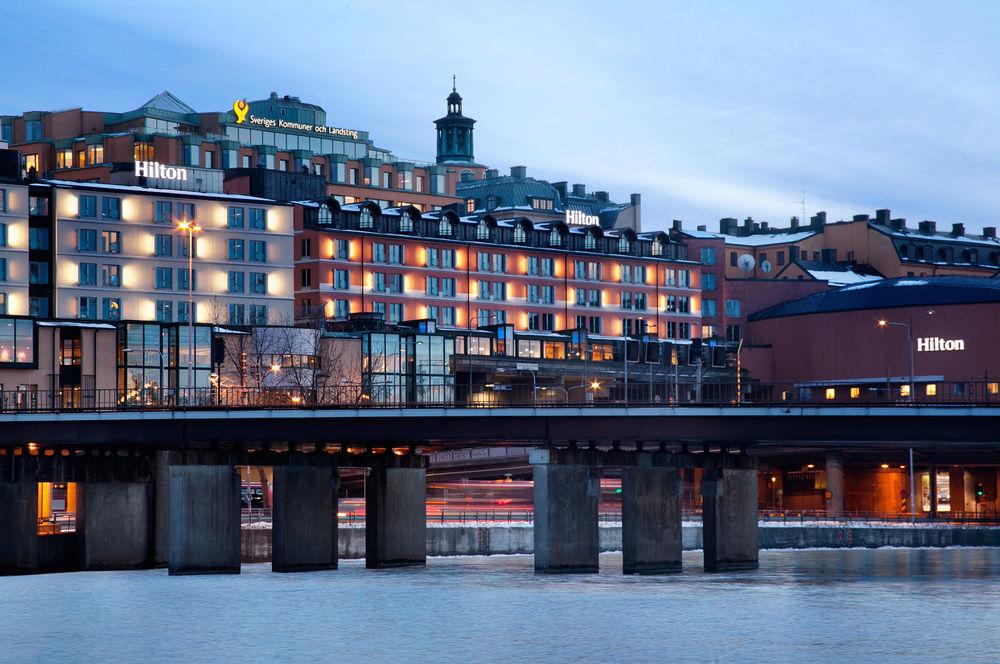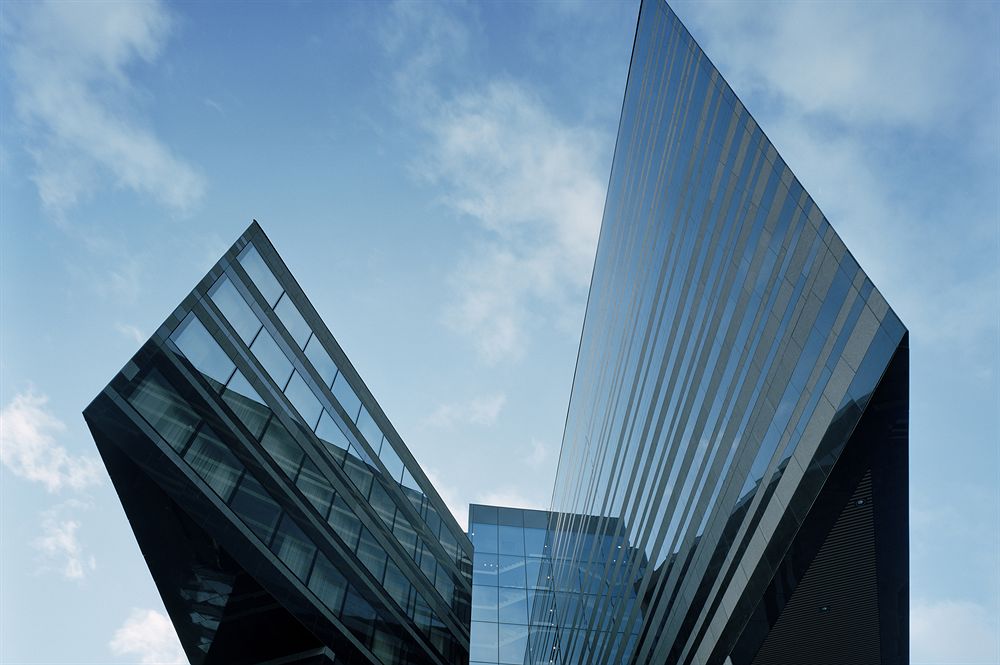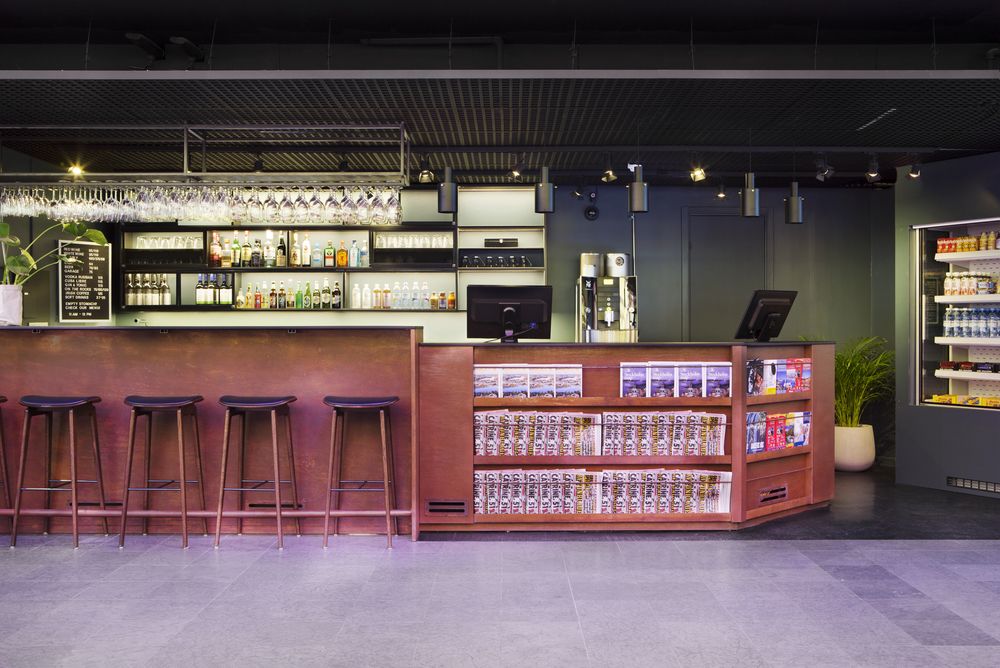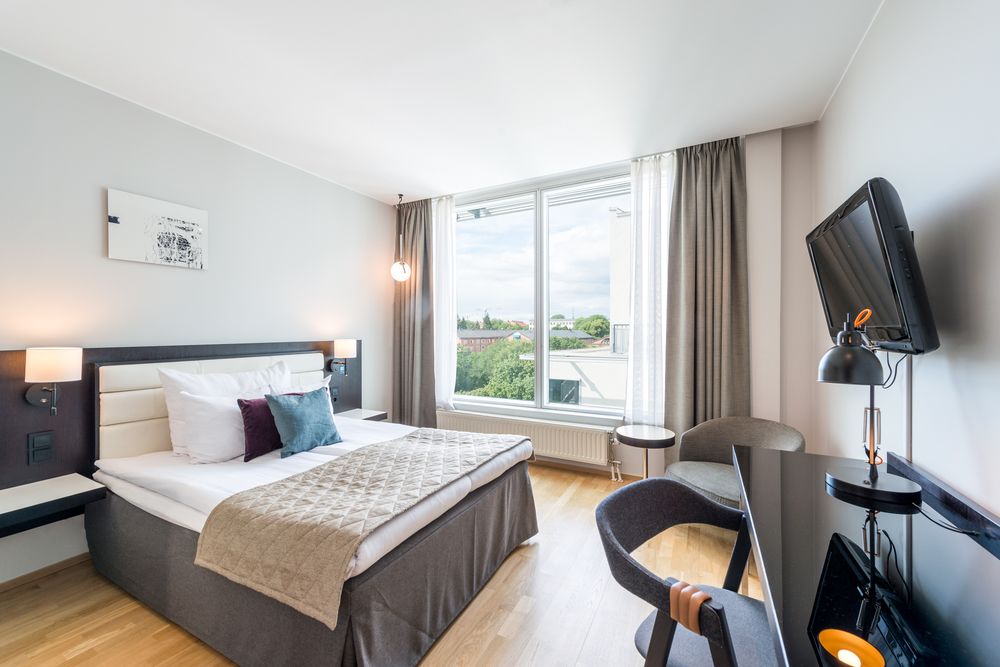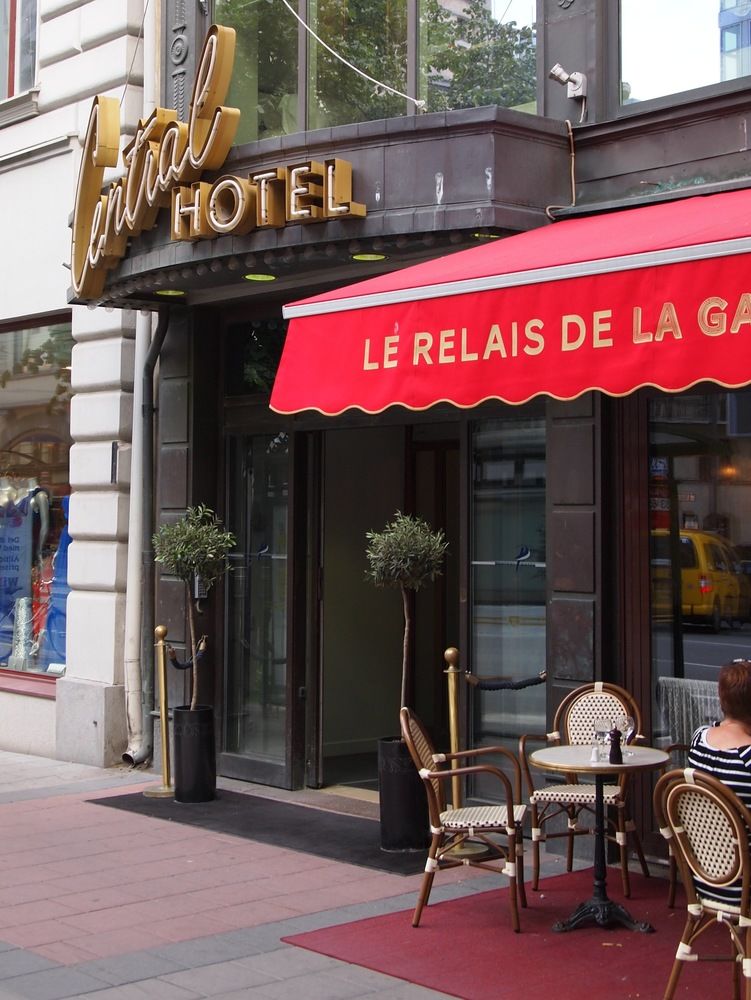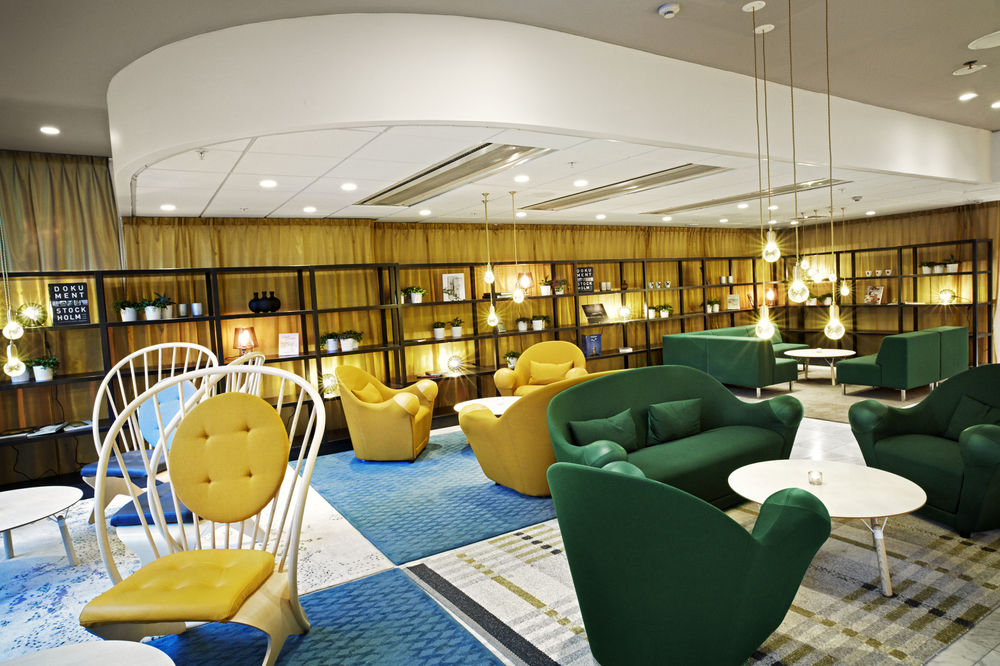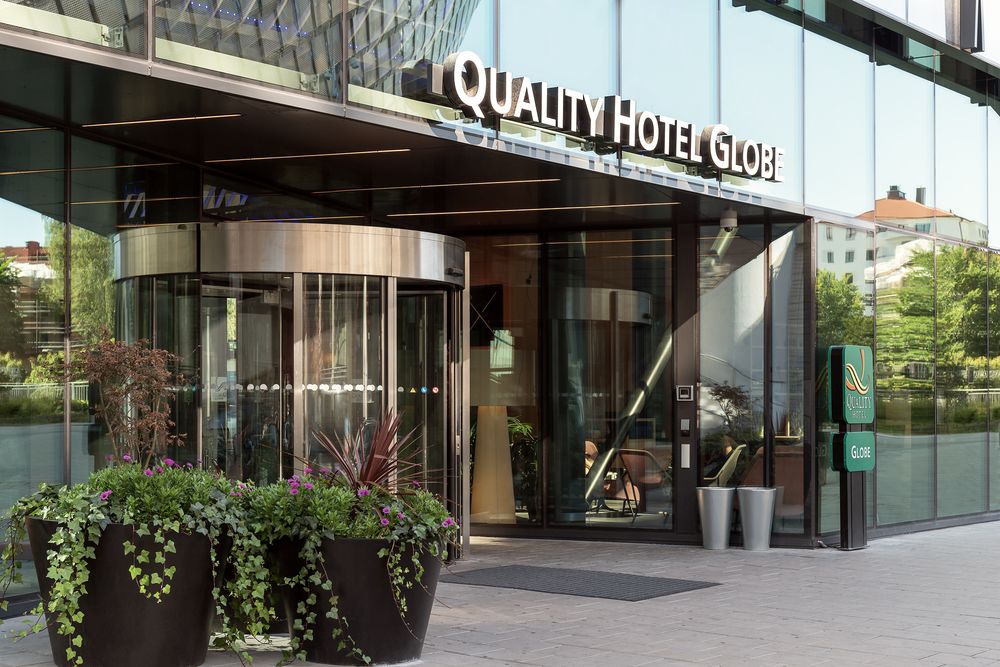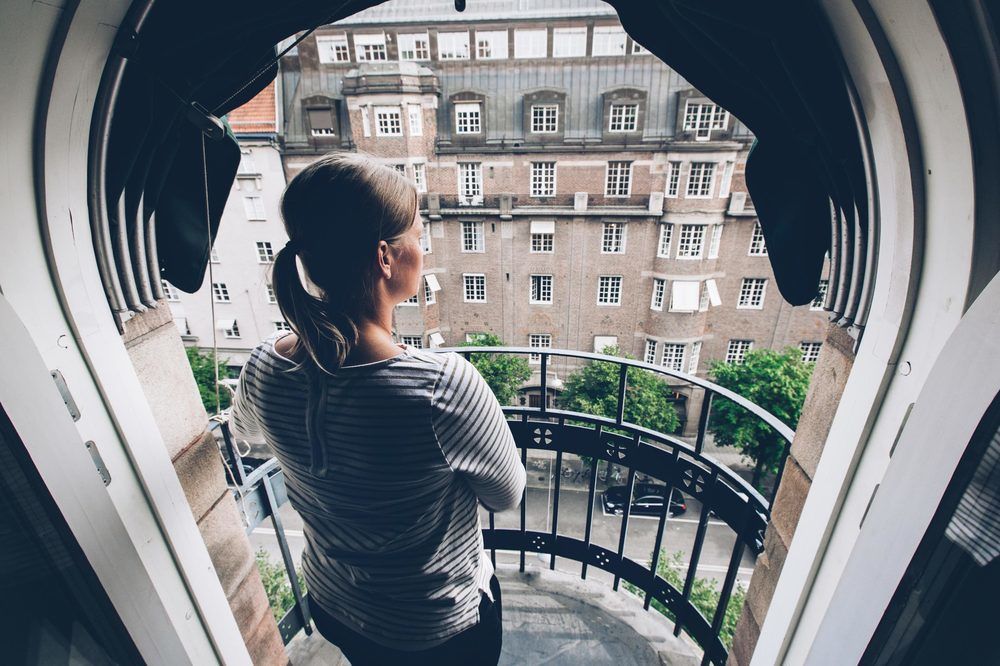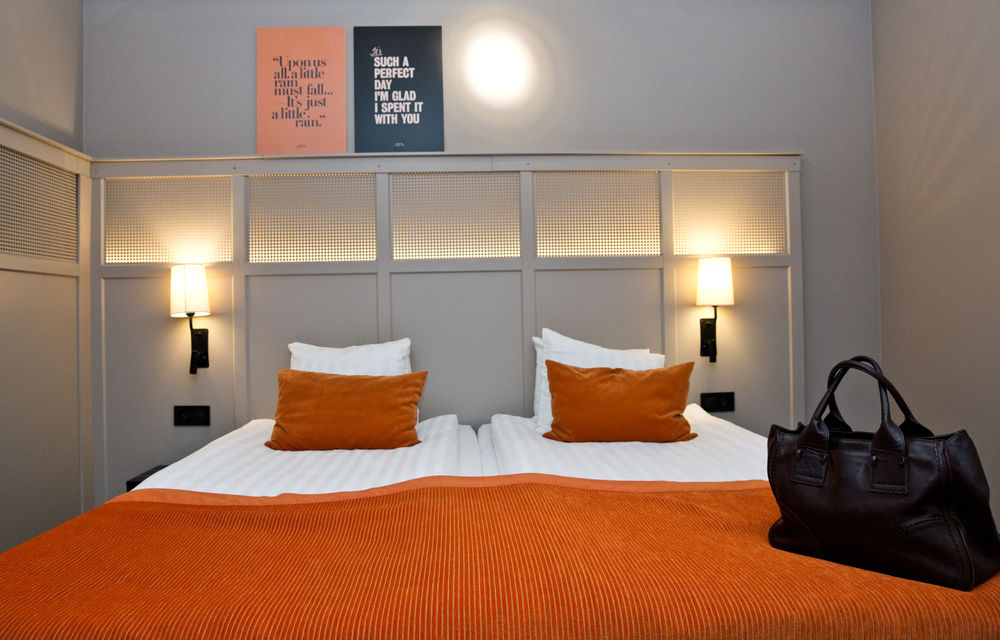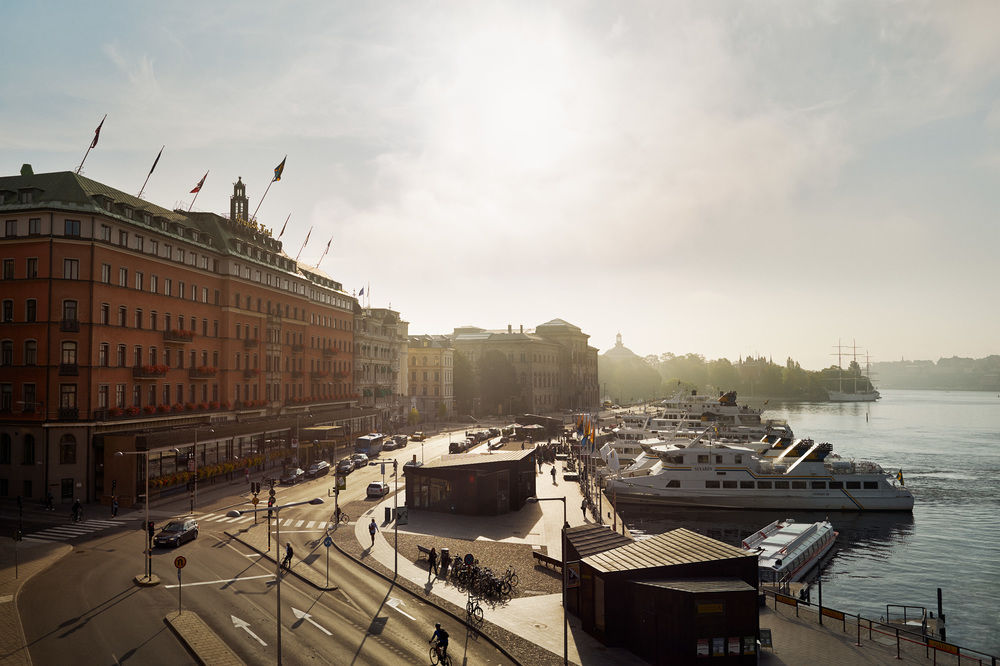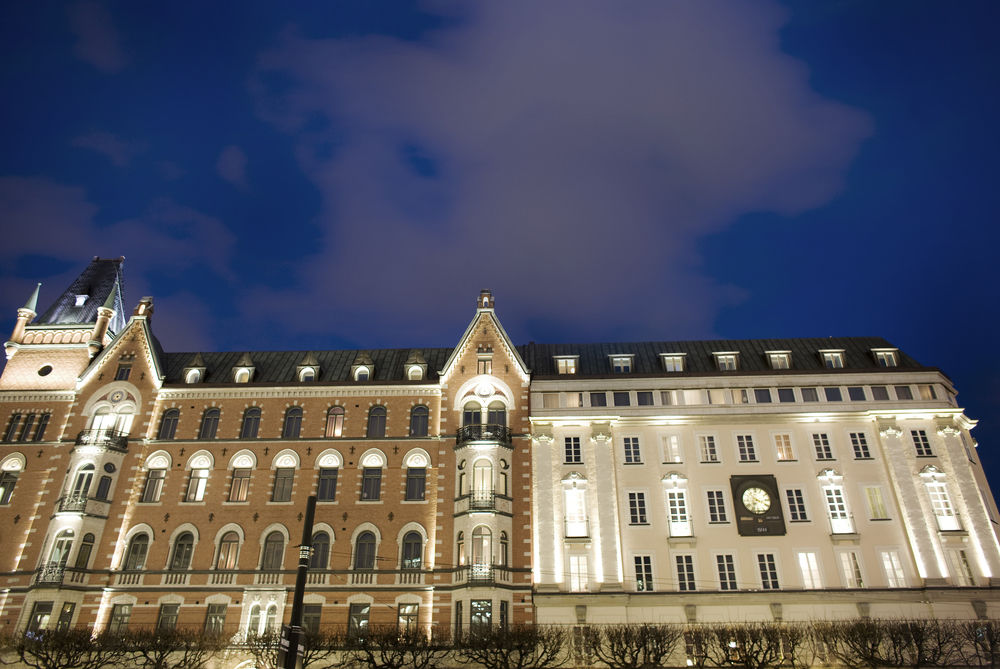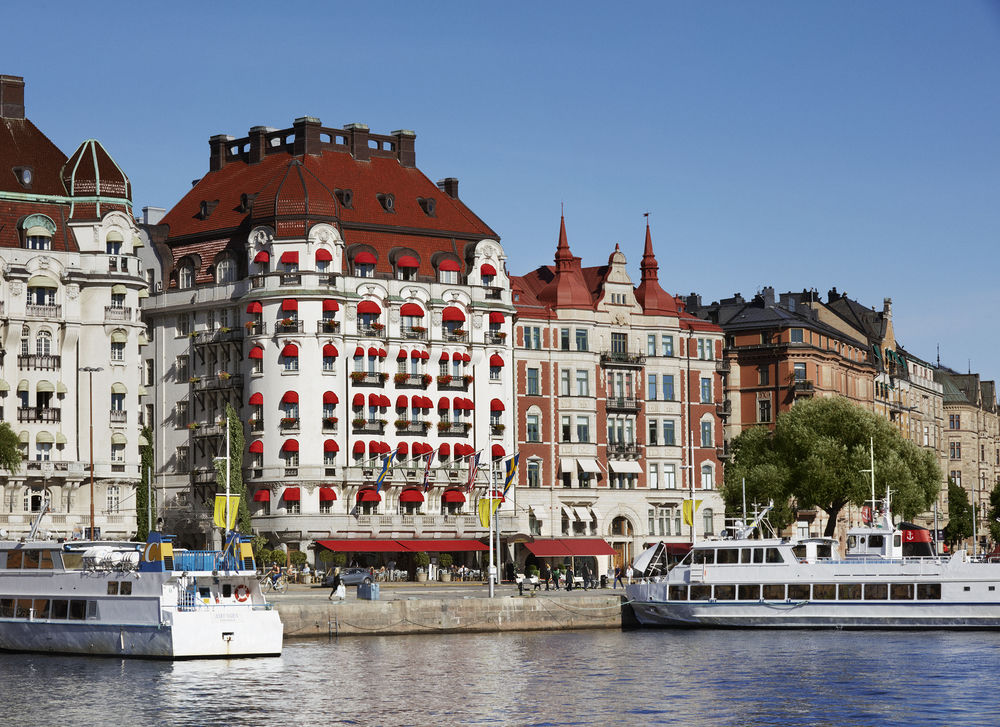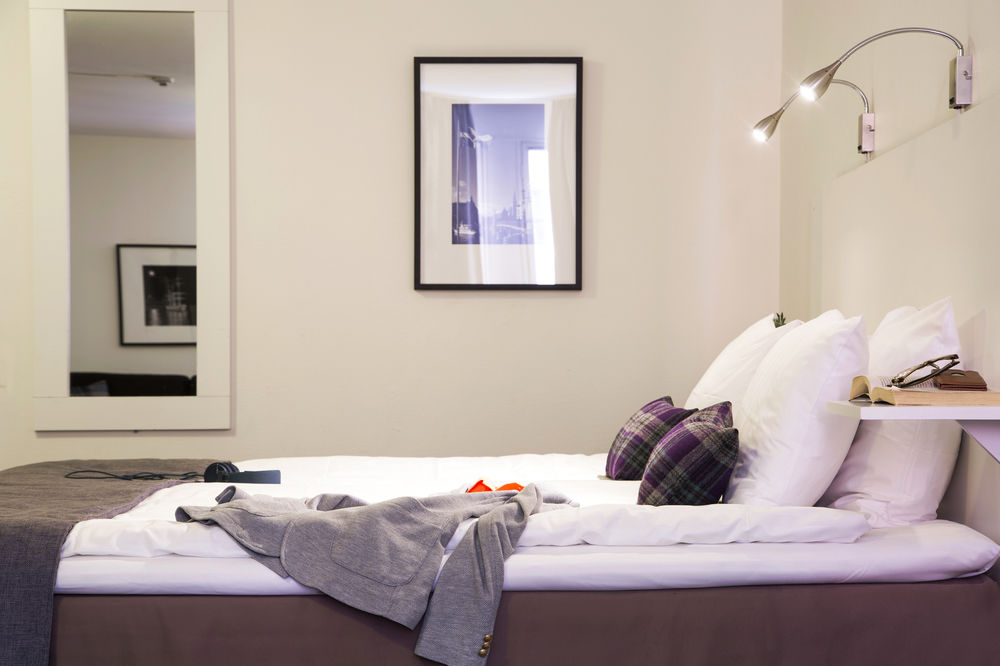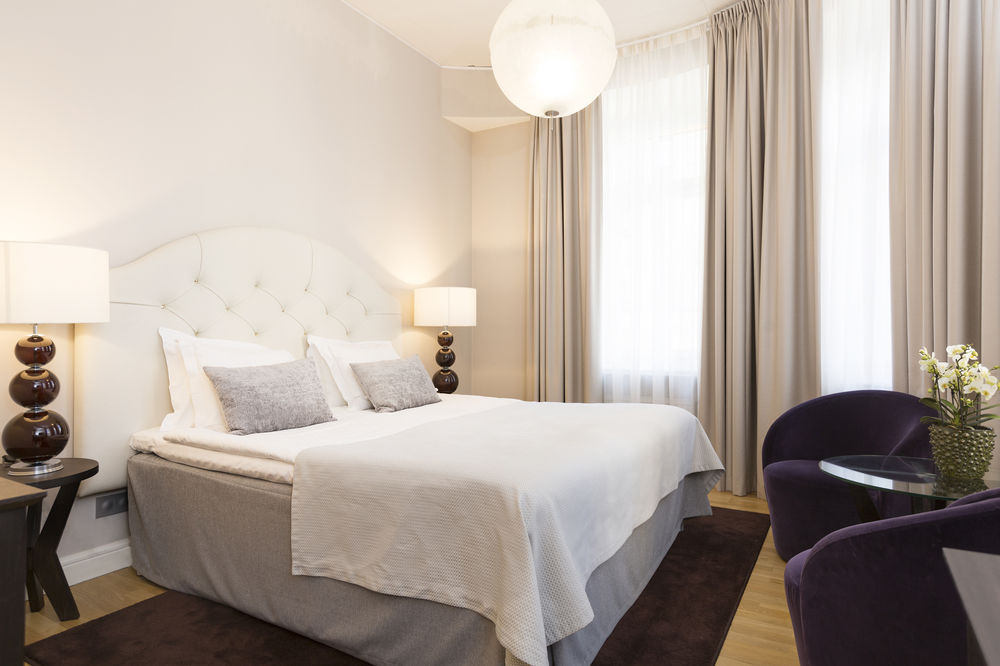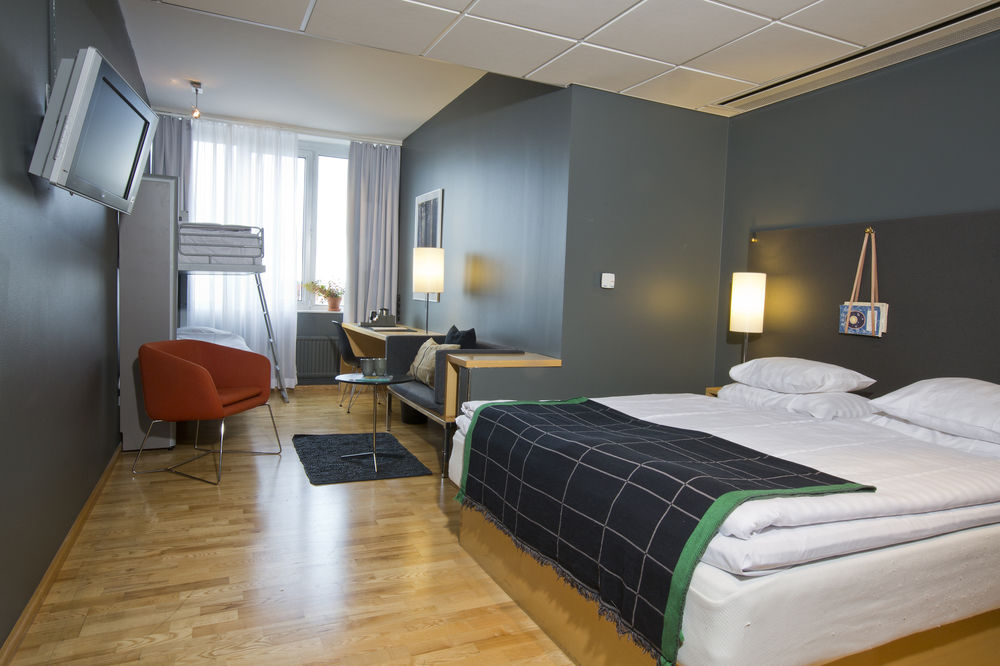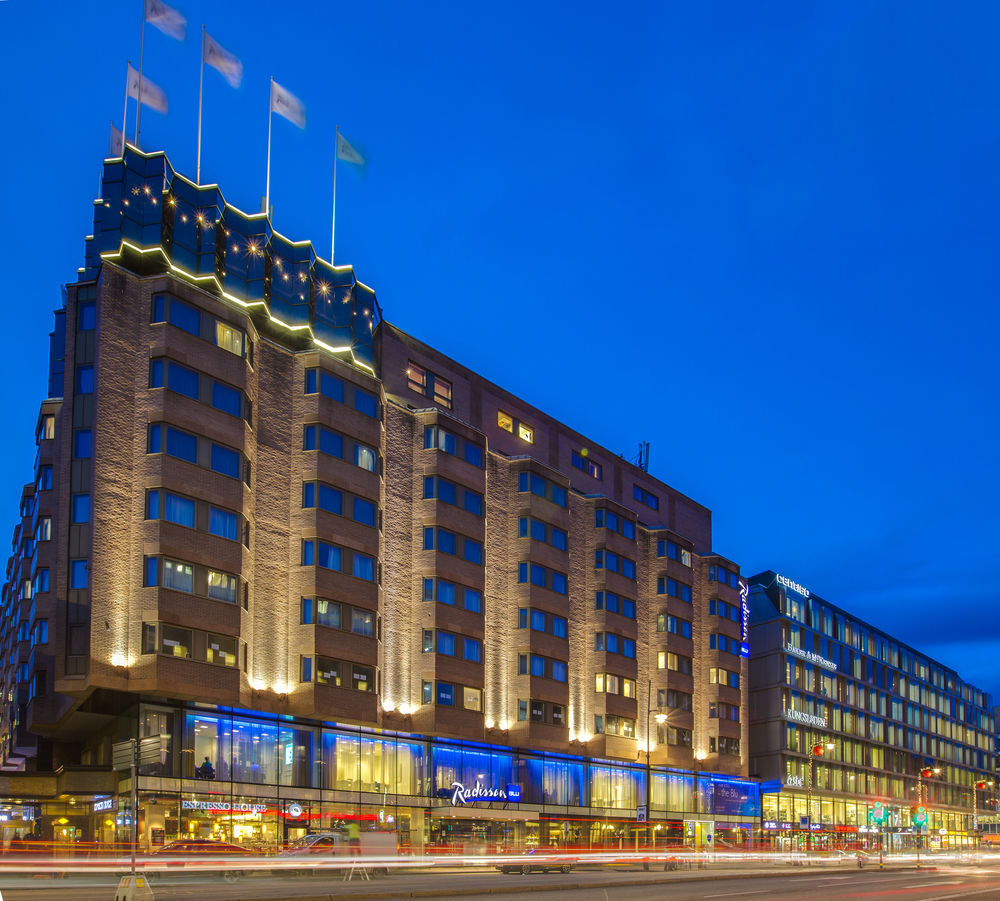
Find hotels in Stockholm
Lowest prices detected by AI for hotels
Best
Cheapest
Star Ratings
AI Recommended
Best Hotels In Stockholm
Cheapest Hotel Deals in Stockholm
Top Rated Hotels
5 Star Hotels in Stockholm
4 Star Hotels in Stockholm
3 Star Hotels in Stockholm
AI-recommended Destinations
Where to stay in Stockholm
More About Stockholm
“An aesthetic city in Northern Europe”
Stockholm is the capital of Sweden and the most populous city in the Nordic countries; 952,058 people live in the municipality, approximately 1.5 million in the urban area, and 2.3 million in the metropolitan area. The city stretches across fourteen islands where Lake Mälaren flows into the Baltic Sea. Just outside the city and along the coast is the island chain of the Stockholm archipelago. The area has been settled since the Stone Age, in the 6th millennium BC, and was founded as a city in 1252 by Swedish statesman Birger Jarl. It is also the capital of Stockholm County. Stockholm is the only capital in the world with a national urban park.Stockholm is the cultural, media, political, and economic centre of Sweden. The Stockholm region alone accounts for over a third of the country's GDP, and is among the top 10 regions in Europe by GDP per capita. It is an important global city, and the main centre for corporate headquarters in the Nordic region. The city is home to some of Europe's top ranking universities, such as the Stockholm School of Economics, Karolinska Institute and Royal Institute of Technology (KTH). It hosts the annual Nobel Prize ceremonies and banquet at the Stockholm Concert Hall and Stockholm City Hall. One of the city's most prized museums, the Vasa Museum, is the most visited non-art museum in Scandinavia. The Stockholm metro, opened in 1950, is well known for the decor of its stations; it has been called the longest art gallery in the world. Sweden's national football arena is located north of the city centre, in Solna. Ericsson Globe, the national indoor arena, is in the southern part of the city. The city was the host of the 1912 Summer Olympics, and hosted the equestrian portion of the 1956 Summer Olympics otherwise held in Melbourne, Victoria, Australia.
Stockholm is the seat of the Swedish government and most of its agencies, including the highest courts in the judiciary, and the official residencies of the Swedish monarch and the Prime Mi
 Time UTC+02
Time UTC+02 Currency SEK
Currency SEK Languages Swedish
Languages SwedishWhat’s Special about Staypia?
Compare hotel prices in real-time
AI finds you the lowest price for hotels in Stockholm.
Lowest price for 3.16M hotels worldwide
Book with up to 31% extra discounts only for Staypia members.
Travel bucket list for Stockholm
Plan your trip with over 17K 'must see' recommendations for Stockholm
Frequently Asked Questions
The best hotels in Stockholm are Radisson Blu Royal Viking Hotel Stockholm, Radisson Blu Waterfront Hotel, Motel L Hammarby Sjostad.
The best 5 star hotels in Stockholm are Sheraton Stockholm Hotel, Grand Hotel Stockholm, Radisson Collection Strand Hotel Stockholm. Search for the most highly rated hotels in Stockholm
The most highly rated hotels in Stockholm are Radisson Blu Royal Viking Hotel Stockholm, Radisson Blu Waterfront Hotel, Motel L Hammarby Sjostad.
Generally, room reservations are subject to a free refund until the cancellation deadline. Fees may apply after the cancellation deadline, so please check the cancellation deadline on your hotel voucher or in Menu > My Reservation.
If you’re a frequent traveler, Staypia is the best place to get the best hotel deals. You can book hotels with the lowest price of 3.16 million hotels collected by AI, and receive additional discounts for members only.
